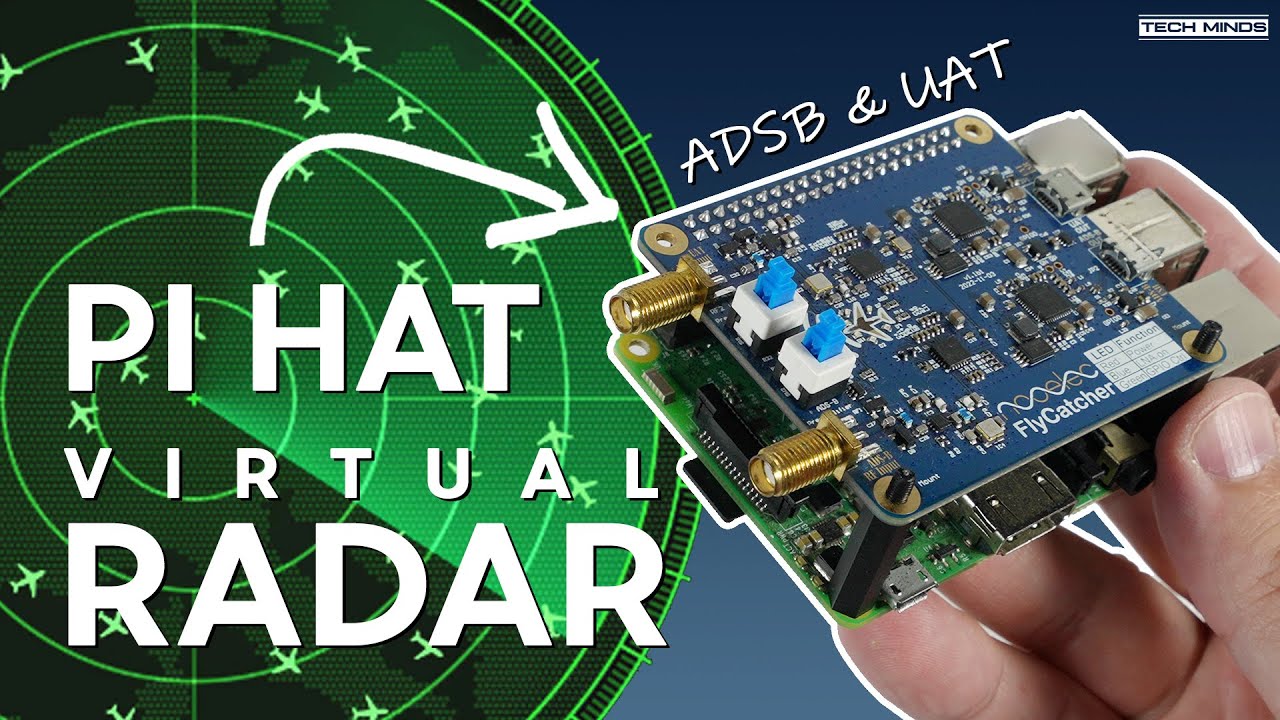via Amateur Radio Daily: APRS Foundation Accepting Memberships
 Amateur radio operators may now support the APRS Foundation through a $20 per year membership...
Amateur radio operators may now support the APRS Foundation through a $20 per year membership...  Amateur radio operators may now support the APRS Foundation through a $20 per year membership...
Amateur radio operators may now support the APRS Foundation through a $20 per year membership...  Read more at ARRL.org
Read more at ARRL.org  Read more at RSGB.co.uk
Read more at RSGB.co.uk Thank you to Jacopo (@lego11/IU1QPT) and Robin (@OK2AWO) for writing in and sharing with us his thoughts about how the SDR community as a whole should move on from the use of WXtoIMG, and instead switch to SatDump, which now has full feature parity with WXtoIMG and additional features too. SatDump is available on Windows, MacOS, Linux, and even on Android. An up-to-date guide for receiving APT with SatDump written by @lego11 can be found on his website here.
Historically, WXtoIMG has been the software of choice for the popular hobby of decoding NOAA APT weather satellite images with RTL-SDR and other SDRs. However, the software has unfortunately been abandoned by its authors for several years, and can now only be found on third-party websites which increases the possibility of downloading a virus. Also, a hack involving a proxy, or directly updating via a powershell script is now required to allow WXtoIMG to update its TLE/ Kepler files due to the celestrak.com to celestrak.org domain name change.
Lego11 also notes a whole host of other issues regarding vulnerabilities and bugs with WXtoIMG:

Over on YouTube Baltic Lab has uploaded a video showing how he was able to successfully use an RTL-SDR Blog V4 and the included multipurpose dipole antenna kit to receive images from polar-orbiting NOAA weather satellites.
In the video, Baltic Lab shows how to orient the dipole antenna in a "V-Dipole" shape which optimizes it for receiving from satellites. He also shows how to use a VNA to confirm that the telescopic elements on the dipole are extended to the correct length, noting that he was able to achieve a VSWR of less than 1.2 between the target frequencies of 135 to 138.1 MHz, with a near perfect match at 136.5 MHz.
He then demonstrates receiving the NOAA APT signals with his laptop, and successfully recovering the weather satellite image.

Over on YouTube "Sam's eXperiments logs" have uploaded a video showing how he was able to succeed when using TEMPESTSDR to eavesdrop on HDMI cables with his SDRplay. TEMPESTSDR software combined with a software defined radio allows a user to eavesdrop on TVs, monitors, and more by wirelessly receiving their unintentional RF emissions and recovering information from those emissions. In many cases it is possible to recover live images of the display, clear enough to read text.
Sam's video explains the challenges he faced with signal strength due to the highly effective shielding of his HDMI cables. To get around this Sam shows how he unshielded his HDMI cables for the test. This is good news for privacy, as it shows how effective shielding can be at stopping these kinds of attacks. He then goes on to show the results he obtained which show text being read from his screen.
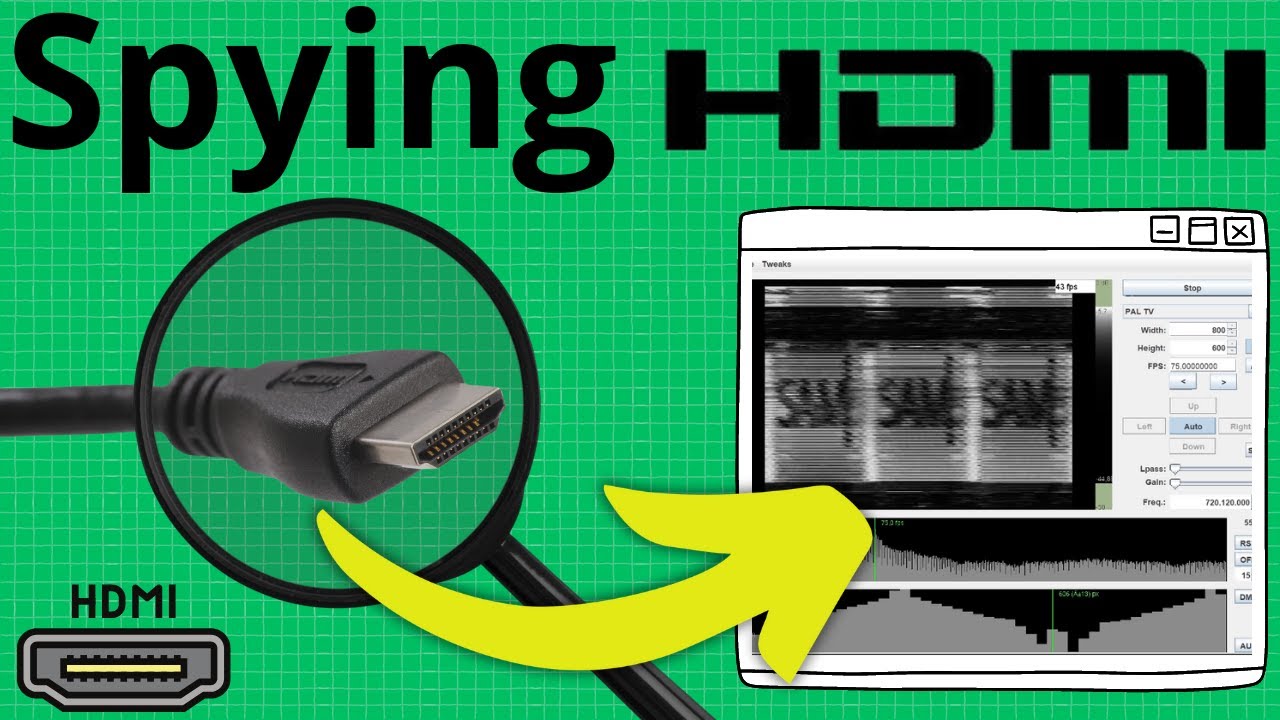
Over on the Tech Minds YouTube channel, Matt has uploaded a video where he reviews a new book by Elektor titled "Raspberry Pi 5 For Radio Amateurs" (€5 off coupon code "Techminds"). The book is all about projects for the Raspberry Pi 5 that can be done with RTL-SDR Blog V3 and V4 software defined radios.
In the video Matt explores the books contents, showing off the various possible projects. Matt also shows how to get started with the book by installing Raspbian, and the RTL-SDR drivers, and then goes on to show how examples of the various software programs mentioned in the book such as SDR++, flrig, chirp, dump1090, predict, HamClock, rtl_tcp, rtl_433, qsstv, fldigi, Xdx and more.
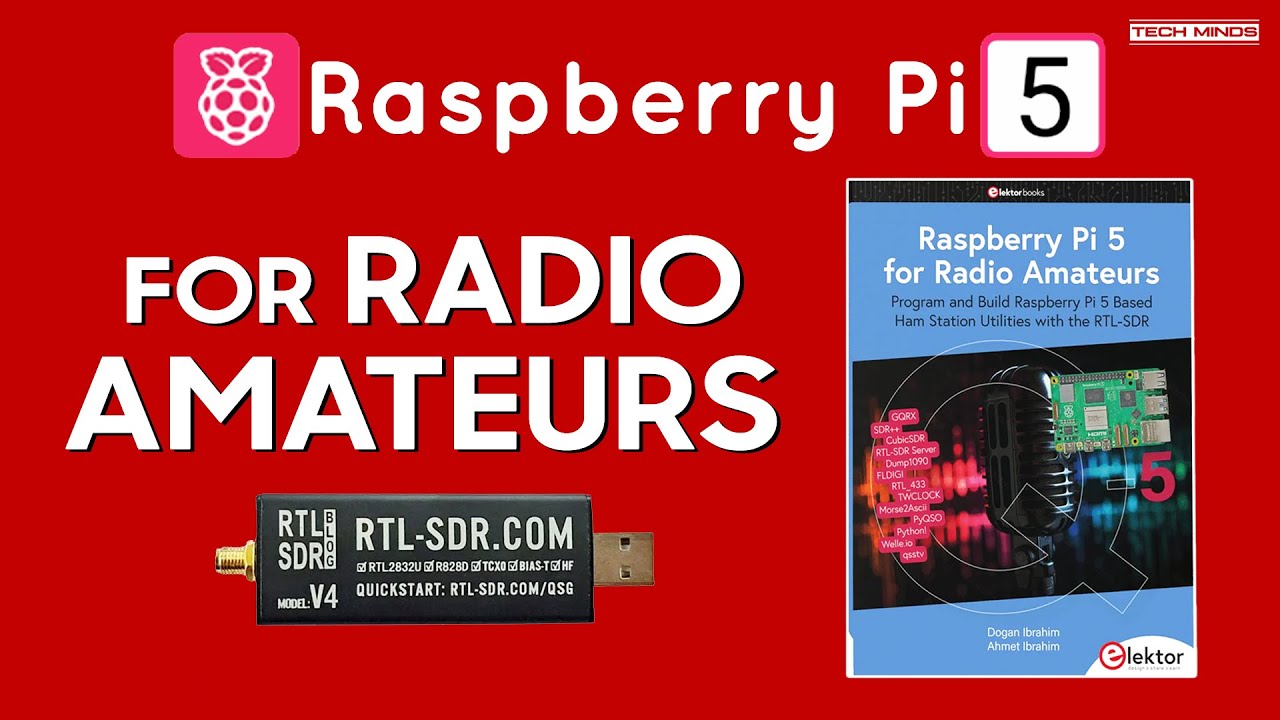
Over on her YouTube channel SignalsEverywhere, Sarah has uploaded a new video showing how to use a program called 'hacktv-gui' to transmit analog TV signals using a HackRF software defined radio. Analog TV standards such as PAL and NTSC have been phased out in most of the world in favor of digital TV standards instead. However, transmitting these yourself can be a fun experiment that may help breathe life into old television sets.
In the video Sarah explains how to use the hacktv-gui and hacktv software, and how to create a video transmission. She mentions how hacktv also supports the use of a FL2K device, which is a cheap VGA adapter that can be used to transmit signals.
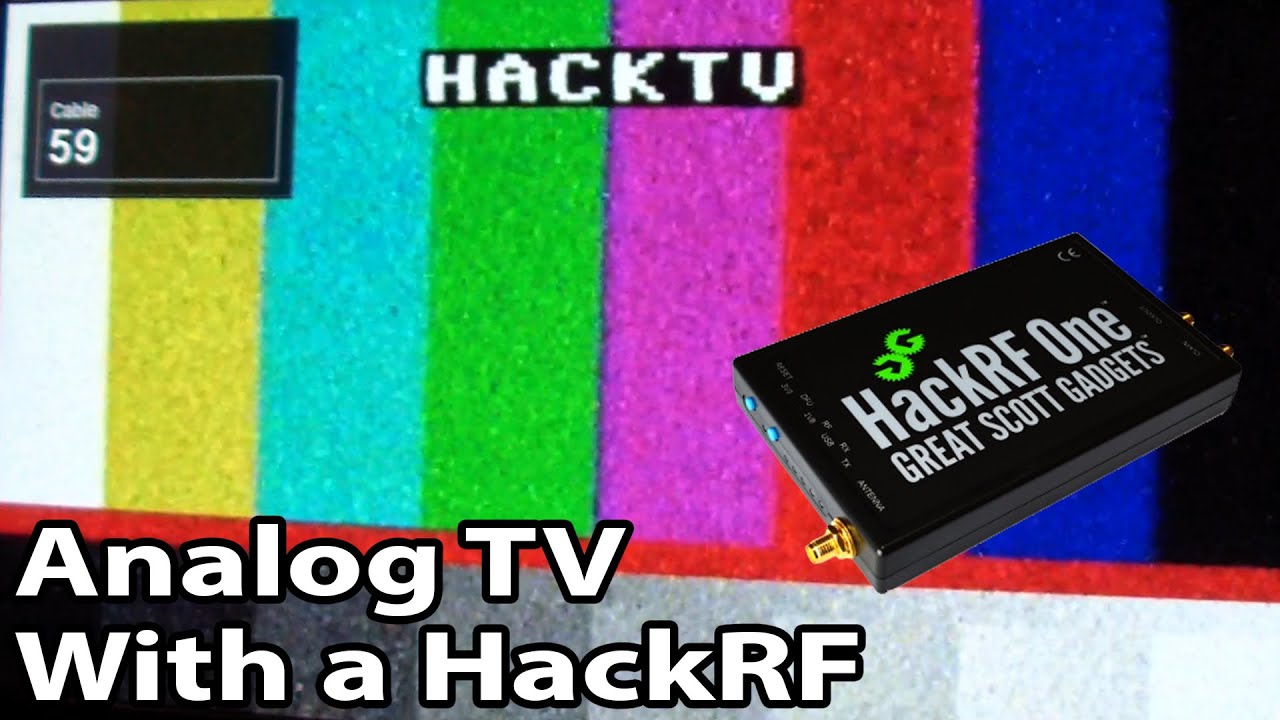
The RTL-SDR hardware began its life as a DVB-T TV receiver USB stick, but these days it is rarely used for this purpose. However, in countries where DVB-T hasn't been upgraded to DVB-T2 it is still possible to use the RTL-SDR for TV reception.
Recently, RADIOTO bg from DXing.org wrote in and wanted to share with us his video showing how to use the RTL-SDR V3 for DVB-T reception in OpenPli Enigma2. OpenPli is an open-source Linux distribution for TV set-top boxes and Enigma2 is the TV application it runs.
RADIOTO's video shows a step-by-step guide to setting up the RTL-SDR in OpenPli. The procedure is relatively simple, just requiring the user to select the correct driver for the RTL-SDR via the set-top menu.

Over on his YouTube channel, Simon has uploaded a video showing how while on holiday he was able to explore the various HD Radio stations available around the USA.
If you are in the USA, you might recognize HD Radio (aka NRSC-5) signals as the rectangular looking bars on the frequency spectrum that surround common broadcast FM radio signals. These signals only exist in the USA and they carry digital audio data which can be received by special HD Radio receivers. Earlier in 2017 a breakthrough in HD Radio decoding for SDRs like the RTL-SDR was achieved by Theori when he was able to piece together a full HD Radio software audio decoder that works in real-time. Nowadays you can use software like HDFM - HD Radio GUI to easily receive HD Radio with an RTL-SDR.
In his video Simon shows the various HD Radio signals he found while on holiday, and also shows some of their secondary features, including traffic data, and weather radar maps. Interestingly he also spots HD Radio in the AM bands, but finds his signal is not strong enough to decode.
The rest of the video explores other signals he finds such as a studio link, and TV audio signals.

Over the years we've posted several times about the TEMPEST applications of software-defined radio. TEMPEST aka (Van Eck Phreaking) is when you listen to the unintentional RF emissions of electronics and are able to recover information from that. In the past, we posted about TempestSDR, an RTL-SDR compatible program that allows you to view images from a computer monitor or TV simply by picking up the unintentional RF emissions from it.
Usually, the images received are fuzzy and it can be difficult to recover any information from them. However recently there has been work on combining Tempest techniques with deep learning AI for improving image quality.
Deep-tempest has recently been released on GitHub and from their demonstrations, the ability to recover the true image with deep learning is very impressive. From a fuzzy grey screen, they show how they were able to recover clear text which looks almost exactly like the original monitor image.
Deep-tempest is based on gr-tempest, and requires GNU Radio, Python 3.10 and a Conda environment. Instructions for installing it are on the GitHub.
The whitepaper on the University research done to implement Deep-Tempest can be found freely on arxiv at https://arxiv.org/pdf/2407.09717.
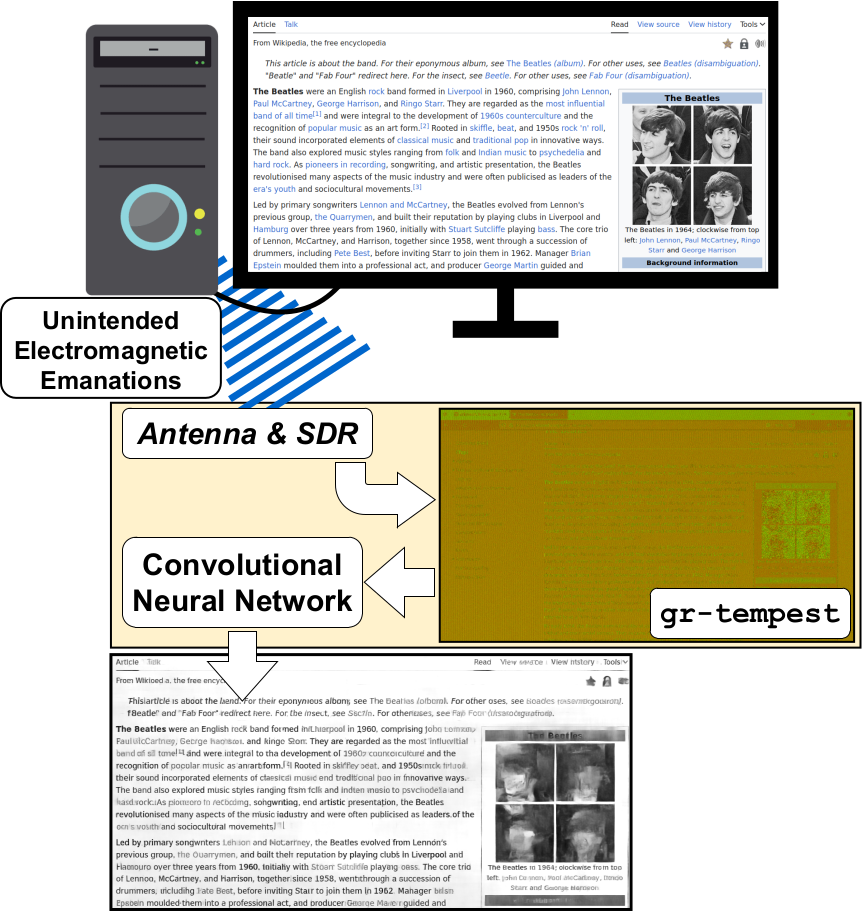
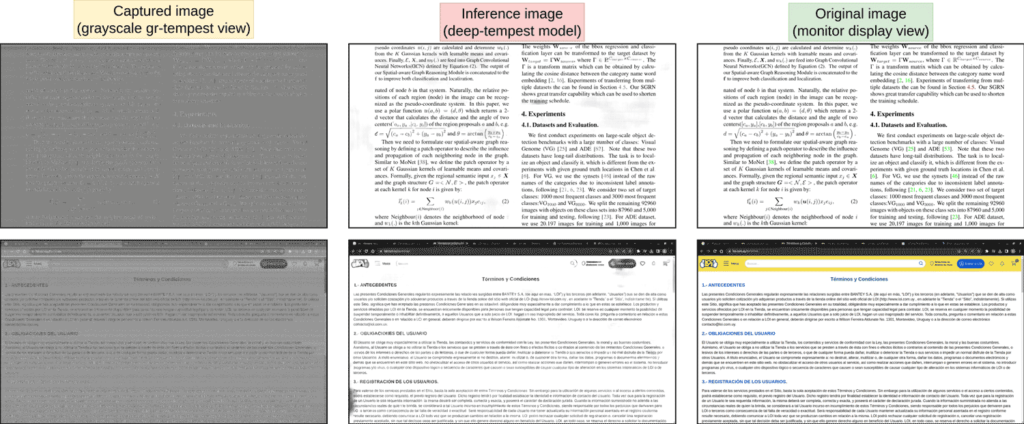
Daniel Estévez has recently posted on his blog about how he uses a LimeSDR to record and analyze the DME signal used by aircraft. DME or Distance Monitoring Equipment is a radio navigation technique sometimes used by aircraft.
The concept behind DME is simple: the aircraft broadcasts a signal pulse, and a ground station receives and repeats the pulse back at another frequency. The aircraft receives the return pulse, and from the time it has taken to receive that return pulse, the distance to the ground station can be determined. The frequencies used are between 960 MHz and 1215 MHz, and the aircraft and ground station pulses are always spaced apart by 63 MHz.
In his post, Daniel explains how he records the two signals spaced 63 MHz apart using his LimeSDR. Recording this large bandwidth has some challenges since typically the LimeSDR only supports a bandwidth of 61.44 MHz, which is too small for the 63 MHz spacing. However, Daniel explains in his post how he got around this limitation by using the two RX channels on the LimeSDR, sampling at a higher 80 MSPS sample rate, and then using the LimeSDR DSP to downconvert and decimate each DME channel to 2.5 MSPS, making the final sample rate small enough to be sent over USB.
The rest of the post details his experiments, analysis, and results when receiving the two DME channels through GNU Radio.

In one of her latest videos on YouTube, Sarah from the SignalsEverywhere channel shows how we can use a program called "IZ8BLY Phase 3D (AO-4) Satellite Decoder" to decode the 'Mid-Beacon' on the QO-100 satellite. QO-100 is a commercial geostationary communications satellite that also contains a popular transponder for amateur radio.
However, there is also an interesting beacon called the mid-beacon that can be decoded, which provides some information about the satellite. In the video, Sarah shows how this beacon can be decoded with the software from IZ8BLY. As QO-100 is only visible from Europe, the Middle East and Africa, Sarah uses a WebSDR to receive the signal from the USA, then pipes the audio into the IZ8BLY decoder via Virtual Audio Cable.

Over on his blog Jeff Sandberg has posted a writeup detailing how he combined RTL-SDR, rtl_amr, and HomeAssistant to decode wireless data from his Itron power meter, and create useful graphs showing his US home's power usage.
In the post, Jeff explains how he uses an RTL-SDR Blog V4, HomeAssistant, EMQX, and rtl_amr to receive and plot the data. The RTL-SDR and rtl_amr software receives and decodes the wireless Itron electricity meter data packets, and then EQTT passes the data to HomeAssistant for logging and plotting. Jeff also notes how he used NodeRed to correctly automate the summer and winter tariff price changes.
Finally, in an update to the post Jeff mentions that he was also able to receive and log data from his gas meter.

Last month we posted about Aaron's video on Meshtastic, and how it's possible to decode the Meshtastic protocol using an RTL-SDR and GNU Radio project called Meshtastic_SDR.
If you weren't aware, Meshtastic is software that enables off-grid mesh network based communications and can run on cheap LoRa hardware. The mesh based nature of the system means that communications can be received over long distances, without any infrastructure, as long as there are sufficient Meshtastic nodes in an area that can route the message to the destination node. One example application of Meshtastic is to use it as a mesh-based text messaging system. This might be useful for teams of hikers, pilots, or skiers who operate in remote areas without cell phone coverage.
In his latest video, Aaron shows how Meshtatsic_SDR can also be used to transmit the Meshtastic Protocol using a transmit capable SDR like the HackRF. Aaron writes in the video description:
In this video, we take a deeper dive into the setup and usage of the meshtastic_SDR repository, which now enables the transmission and reception of Meshtastic using Software Defined Radios (SDRs). Recent updates have made this possible by partially leveraging GNU Radio flow graphs for both RX (receive) and TX (transmit), and integrating Python scripts that connect to ZMQ sources for message input and ZMQ outputs for message decoding.
I demonstrate the setup using a HackRF for the transmit side and an Airspy R2 for receiving. We also verify the results of TX and RX using a standard Meshtastic receiver to ensure accurate performance.
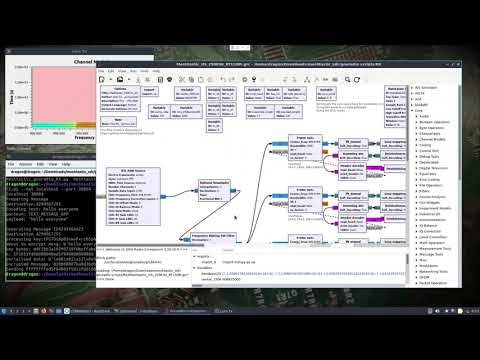
Over on her YouTube channel SignalsEverywhere, Sarah has uploaded her latest video showing how it is possible to monitor Itron ERT smart meters on an Android device. Smart meters are used to wirelessly monitor the usage of residential utilities such as water, gas, and electricity. With an RTL-SDR and some decoding software, it is possible to monitor the data coming from your own and your neighbours meters (at least for certain brands of meter).
In her video, Sarah shows how she compiled the rtl_amr decoder software for Android, and created her own Android app called "AndAMR" for displaying the data decoded by rtl_amr. The rest of the video shows how to set up and use the app.
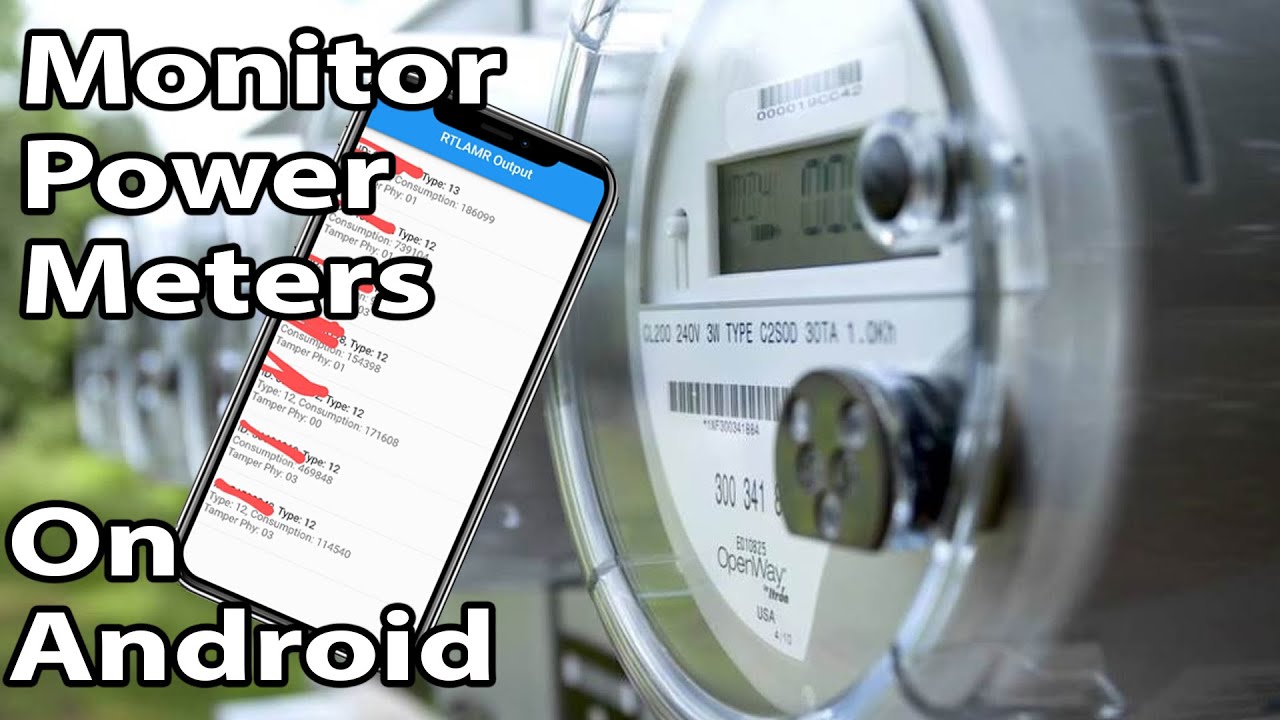
In his latest video, Matt from the TechMinds YouTube channel tests out an LHCP L-band helix feed designed for receiving Inmarsat satellites. Matt pairs the feed with an 85cm satellite dish, an L-band LNA, and an Airspy Mini.
The L-band helix feed comes from a small German engineering company called nolle.engineering. The feed is priced at 94.70 Euros (incl. VAT) (~$102 USD), plus shipping costs. It is a passive antenna so it needs to be combined with an LNA to be usable with a typical SDR.
In the video Matt shows that the reception with the LHCP helix + dish setup is better than expected. He also compares it to a previous test he did with a longer RHCP helix antenna also produced by nolle.engineering. The RHCP antenna is used to be used without a dish, however, as expected the SNR is less than the dish + small LHCP feed setup. Matt then shows some Inmarsat signals being decoded including STD-C and Aero voice.

Paolo Romani (IZ1MLL) has recently released the 2024 version of his SDR# Big Book. The book is available for download on the Airspy downloads page, just scroll down to the title "SDR# Big Book" and choose your language. (At the time of this post only English and Italian are available in the 2024 edition, but multiple languages are available for the older guides).
Paolo writes that the book has been updated for the latest SDR# v1920 version, and now the editions will be labelled by date, instead of version number. He also writes that page 25 of the big book now includes information about the differences between RTL-SDR Blog V3 and V4 dongles.

Over on YouTube Matt from the Tech Minds YouTube channel has tested out NooElec's new 'FlyCatcher', which is an RTl-SDR ADS-B hat for the Raspberry Pi. The FlyCatcher has two RTL-SDRs built into it, each with it's own LNA and SAW filter. One SAW filter is tuned for 978 MHz UAT, and the other for 1090 MHz ADS-B.
The device also has buttons that allow you to bypass the LNA stage, and just use filtering, in case you have an external LNA. They appear to be using the Qorvo TQL9063 LNA chip, which has a built-in bypass.
In the video Matt tests out the FlyCatcher, but only on 1090 MHz as 978 MHz UAT is not used in his country. He shows how to set up the software on the Raspberry Pi and then shows some results.
